Last November, I took a bus from Toulouse to Barcelona (another item checked on my local to-do list!). Amongst the most famous attractions in the city, there are obviously the Sagrada Familia and the park Guëll. I couldn’t resist and, even though I visited both sites in August 2012 with my mum, I went back. I had such a fond memory of the Sagrada Familia! But I didn’t just revisit memories, I also tried some new things. While doing my research, I had read about the Palau de la música catalana and it looked incredible, so I booked my ticket.

There’s More To Barcelona Than Just Gaudi!
Don’t get me wrong, I love Gaudi’s work and I plan to visit the Palau Güell next time I am in Barcelona. I remain fascinated by his buildings and parks, especially by the Sagrada Familia. I’m not religious, but there’s so much light and beauty in this church that I can’t help but feel like it’s special and unique in this world. The Sagrada Familia is now nearly finished and I can’t really imagine the end of this daunting project.
However, there are other artists and architects who deserve all our attention. His name is not as easy to remember as Gaudi’s, but Lluís Domènech i Montaner did a wonderful job with the Palau. This palace was built in the Catalan “modernista” style, from 1905 to 1908.
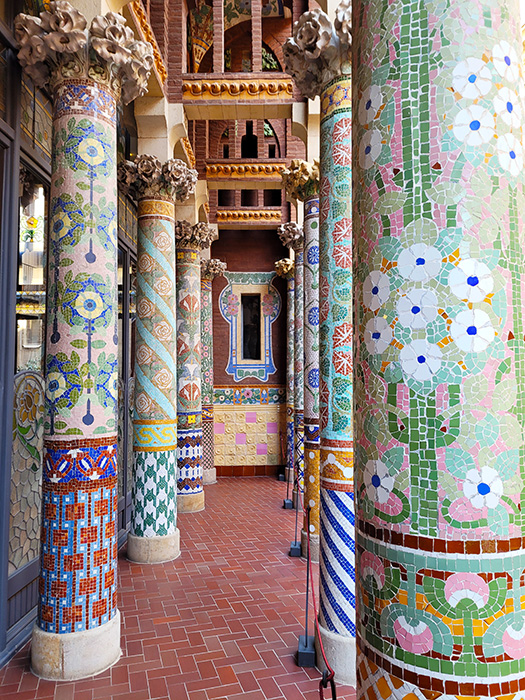
And the result is incredible! The Palau is not that big, but it gives an impression of space and greatness. The colors are very bright and full of life. Though it probably wouldn’t be to everyone’s taste, I love it. Like in the Sagrada Familia, light flows through the whole space and it makes it feel sacred and vibrant, unlike old churches or theaters when no ray of sun can enter and where I feel like dust settles easily.
The best feature is the ceiling: adorned with a stained-glass skylight, it looks like a drop of honey is illuminating the room. No wonder that the Palau was declared a UNESCO World Heritage site in 1997 (as the perfect example of the Catalan modernista movement).
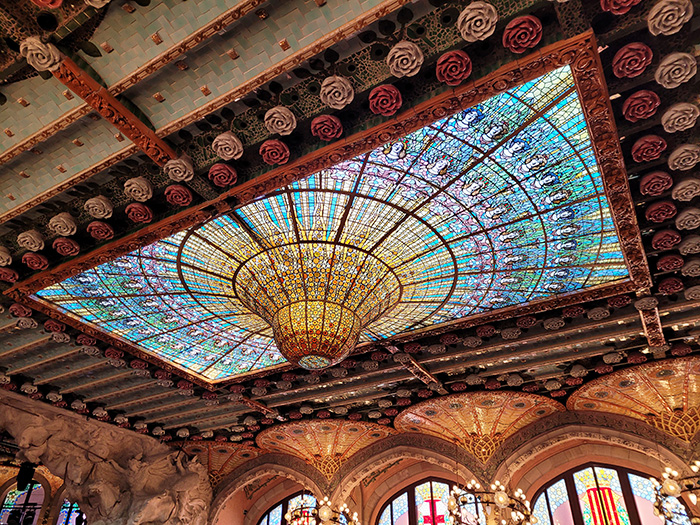
Why was El Palau De La Música Catalana created?
Even the history of the Palau’s construction is interesting.
In 1891, Lluís Millet and Amadeu Vives founded the Orfeó Català, a choral society, and it then became an important reference for 20th century Catalan music. In 1904, its president, Joaquim Cabot, asked Lluís Domènech i Montaner to build the Palau de la música catalana. Before the concert hall Auditori was built, the Palau was the main concert hall for the Orfeó Català.
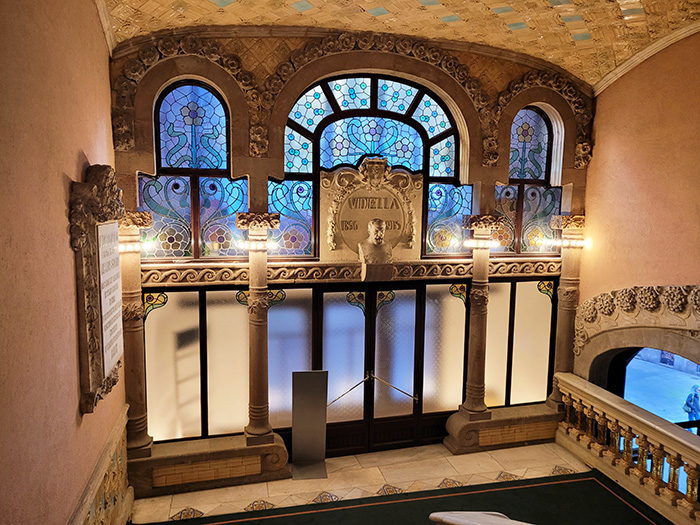
The Orfeó Català was part of the rebirth of Catalan culture that happened at that time, and the Palau’s style needed to align with that movement. That is why Lluís Domènech i Montaner designed such an original and fascinating building.
At the beginning, the Orfeó Català was a male choir, which is quite peculiar in itself, I think. However, after its foundation, it grew and started having also female and children sections.
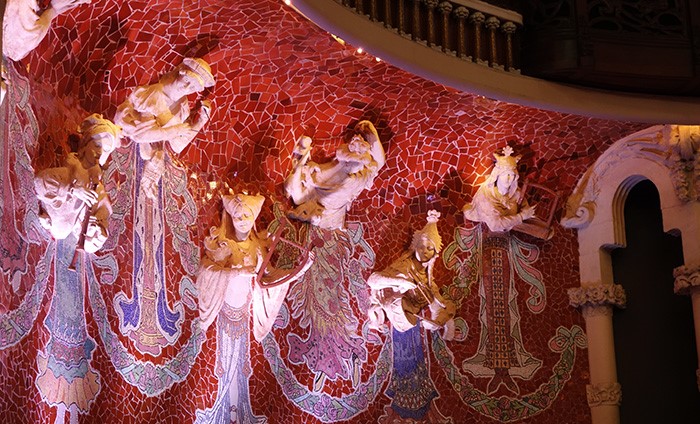
Palau De La Música Catalana: take your time and open your eyes
Today, the foundation Fundació Orfeó Català-Palau de la Música Catalana‘s mission remains closely related to music. Its goal is is to promote music and the Catalan cultural heritage. Thus, you can enter the building to attend a concert. But you can also book a simple visit!
I like that some beautiful show or concert venues now offer the possibility to visit their building. Shows can be very expensive, but visits are usually much cheaper. My friend Florence and I did that in Venice when we visited the Fenice Opera House. This option makes the buildings accessible to everybody!
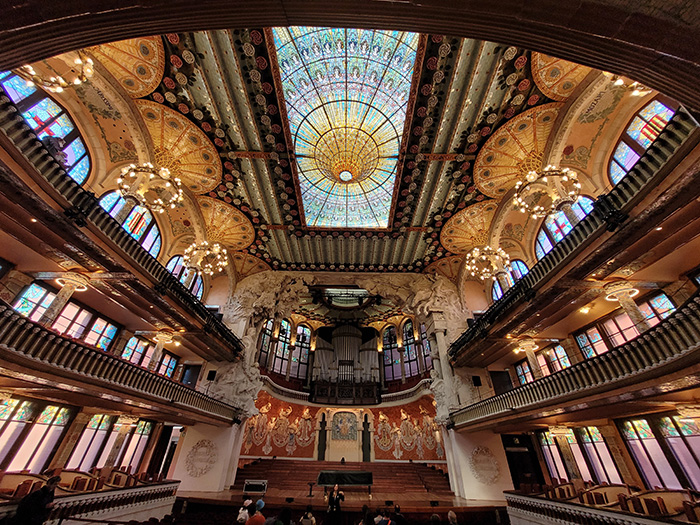
In the Palau de la música catalana, you can choose different types of visits:
- A guided tour with a professional, that lasts about 50 minutes. This type of tour is available for 20 euros and in several languages.
- A self-guided tour, that lasts about an hour, depending on how fast you are. There’s no limit of time, so you can stay as long as you want. The tour costs 16 euros and you can follow the stories on your phone (using the Palau’s Wi-Fi).
- A combined tour of the Palau de la música catalana and Sant Pau (also designed by Lluís Domènech i Montaner) for 24 euros.
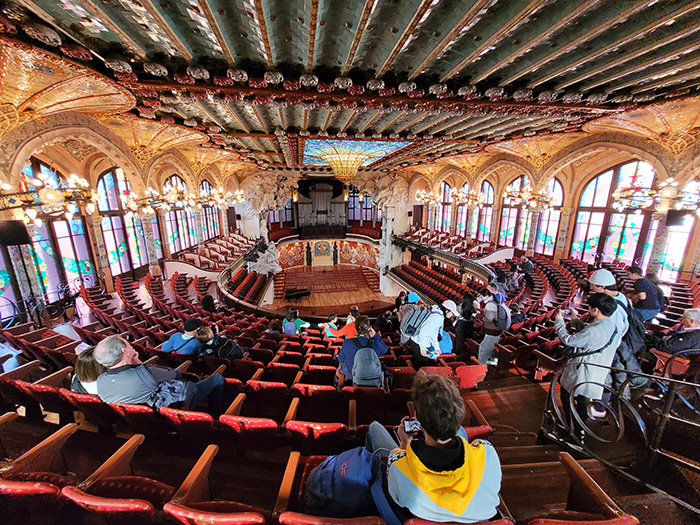
I chose the second option to have all the time I needed and to take as many pictures as I wanted. The place is so detailed that it takes a while to see everything. When I booked my ticket, I saw an option with a professional photographer taking pictures of you in the Palau! (Great for influencers, I suppose.)
When you are done with the tour, you can spend some time at the café. Like the rest of the building, the architecture is quite beautiful.
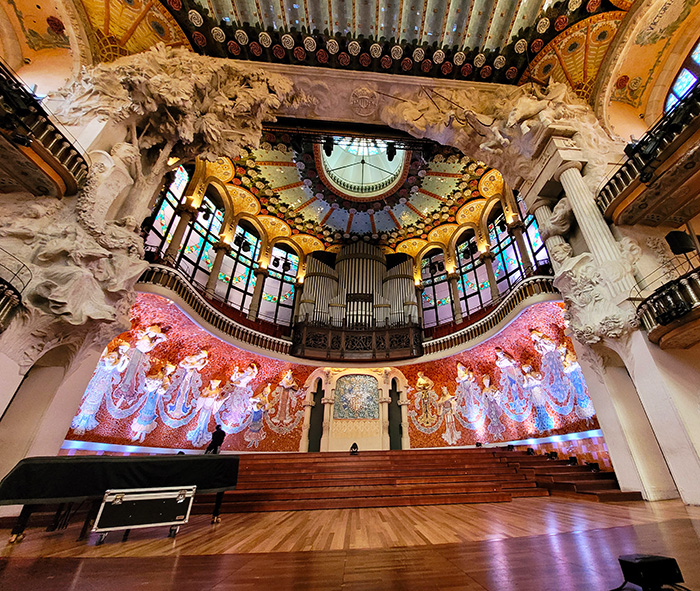
To see more photos of Spain, you can visit the gallery Spain.

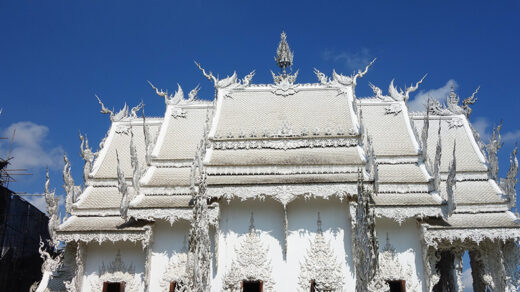
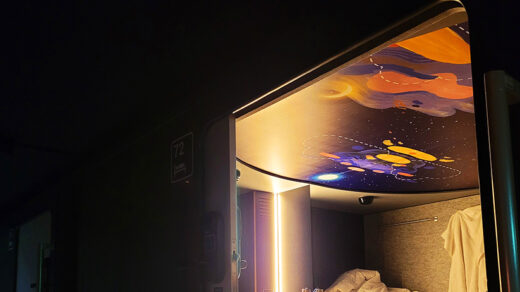
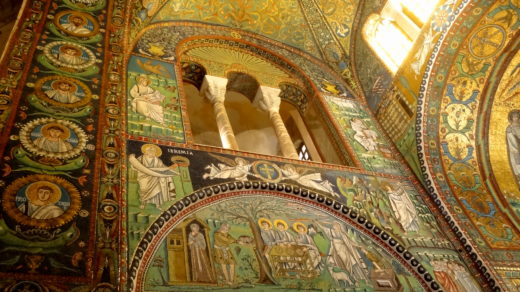
1 Response
[…] And, even though it’s not been built by Gaudí, I would recommend a visit of El Palau De La Música Catalana. […]